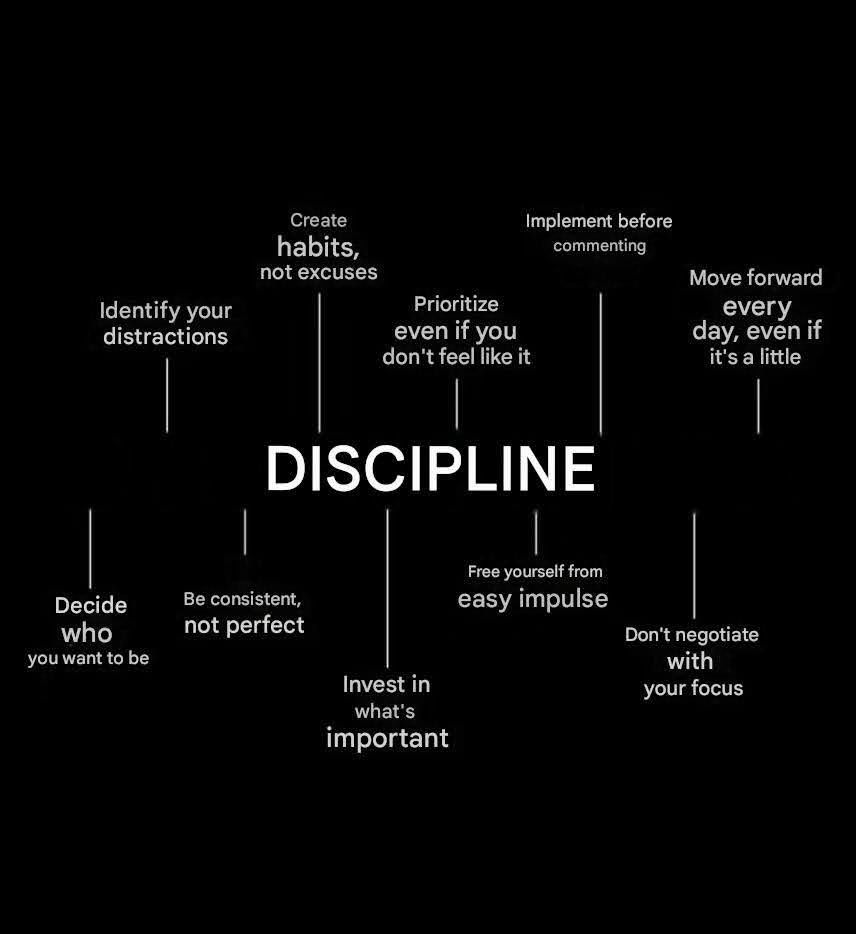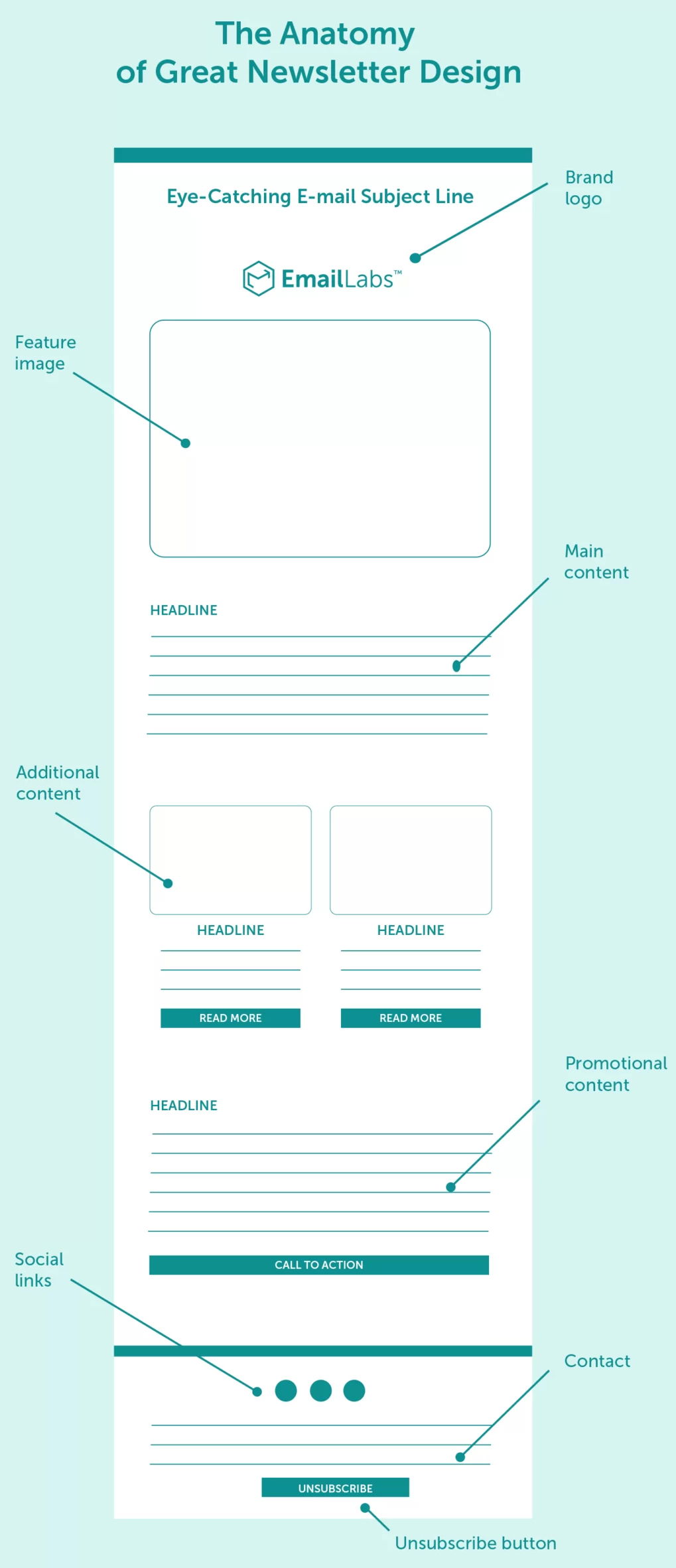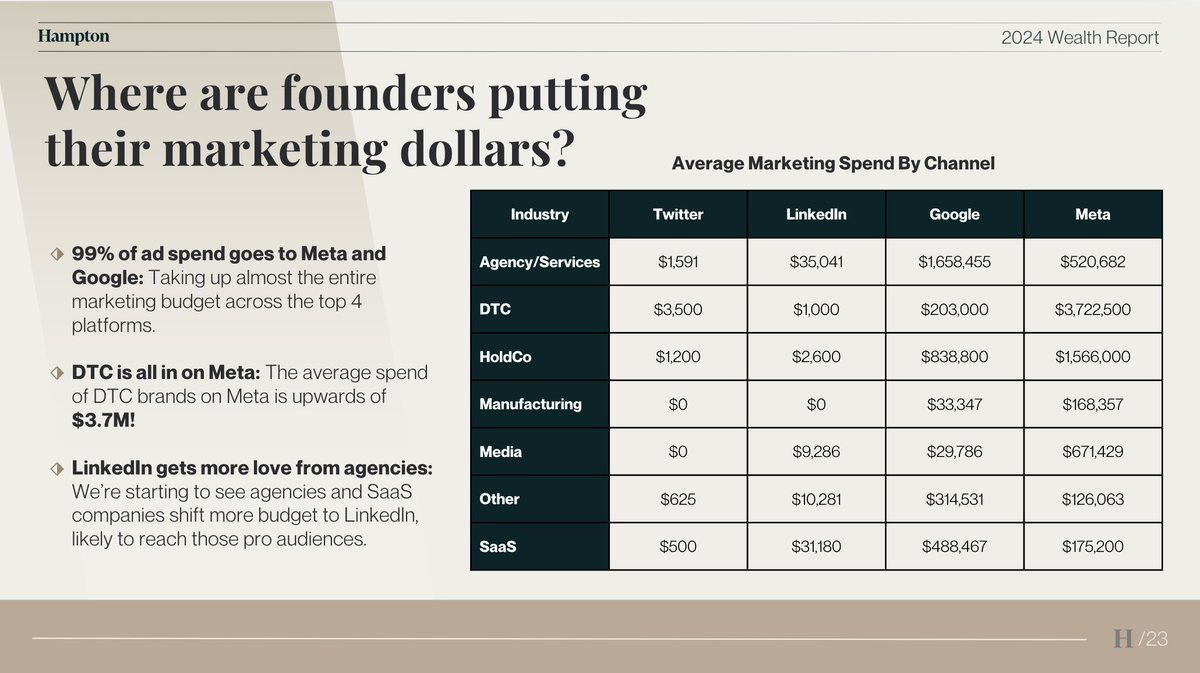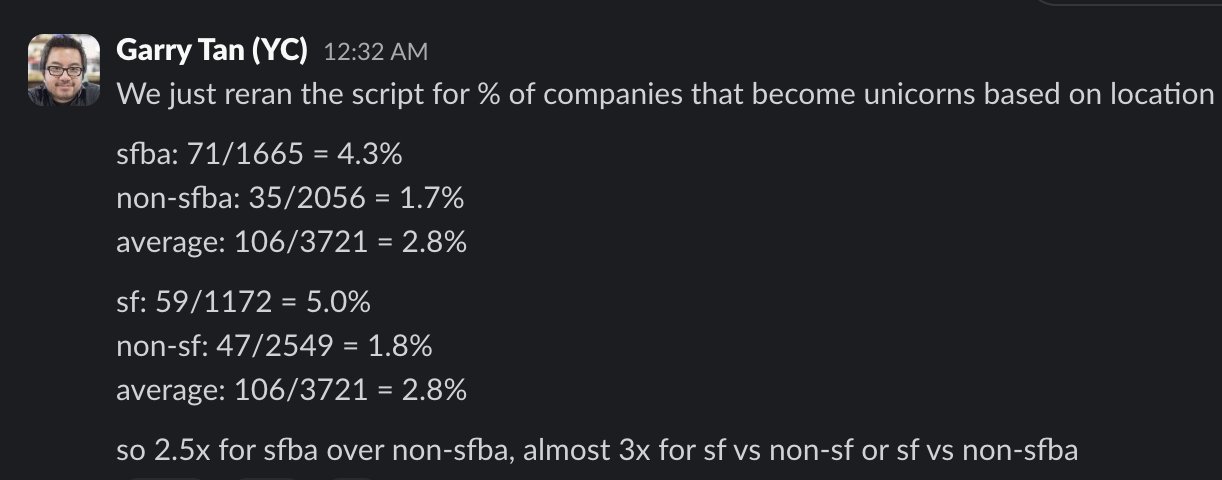Sugarman Trigger #5 - Value and Proof of Value

Sugarman says a great way of showing Proof of Value is by comparing your products to other competing products.
The consumer is smart enough to know there are other competitors out there, and it's your job to bring that up and show them YOUR product is the best value:
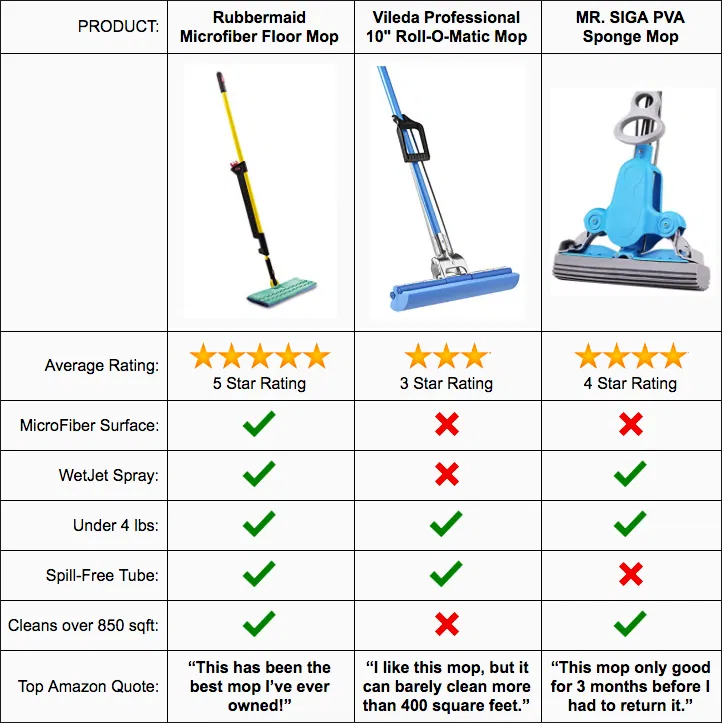
By comparing other products against yours, you demonstrate Proof of Value.
You can also demonstrate value by comparing it to another commonly bought product:
Like this book of recipes costs only $12, and so does a pizza. What you're trying to secretly tell the consumer with this comparison is:
"You probably don't think twice about buying a $12 pizza that lasts for one hour, so why think twice about paying $12 for this book that can potentially have a huge impact on your life?"
Image Description
The image is a comparison chart featuring three different mop products: Rubbermaid Microfiber Floor Mop, Vileda Professional 10" Roll-O-Matic Mop, and MR. SIGA PVA Sponge Mop. It includes features, average ratings, and top Amazon quotes for each product.
Positive Aspects
The comparison chart is a powerful visual tool that clearly demonstrates the differences between products. It helps the reader quickly grasp why one product might be superior, reinforcing the post's message about proving value through comparison.
Key Takeaways
- Comparative Proof: Showcasing your product against competitors highlights its superior value.
- Consumer Awareness: Acknowledge that consumers are aware of alternatives; leverage this by demonstrating your product's distinct advantages.
- Strategic Comparisons: Use relatable comparisons (e.g., price of a product versus everyday items) to emphasize long-term value.
- Visual Evidence: Utilize charts and tables to provide a quick, digestible comparison for consumers.
Additional Insights
Making comparisons with everyday purchases can subtly shift consumer perception. It’s like telling them, “If you’d spend this on a fleeting pleasure, why not invest in something lasting?” It’s a clever psychological nudge that can effectively justify a purchase.


